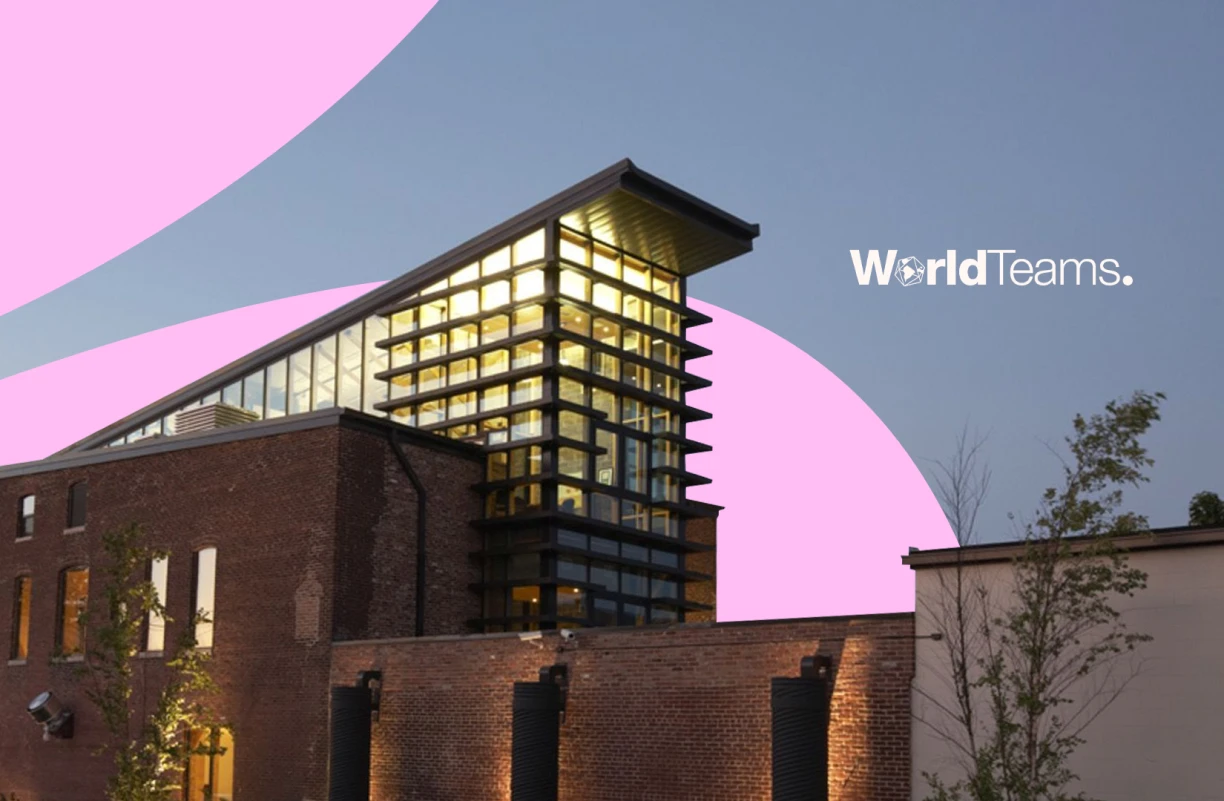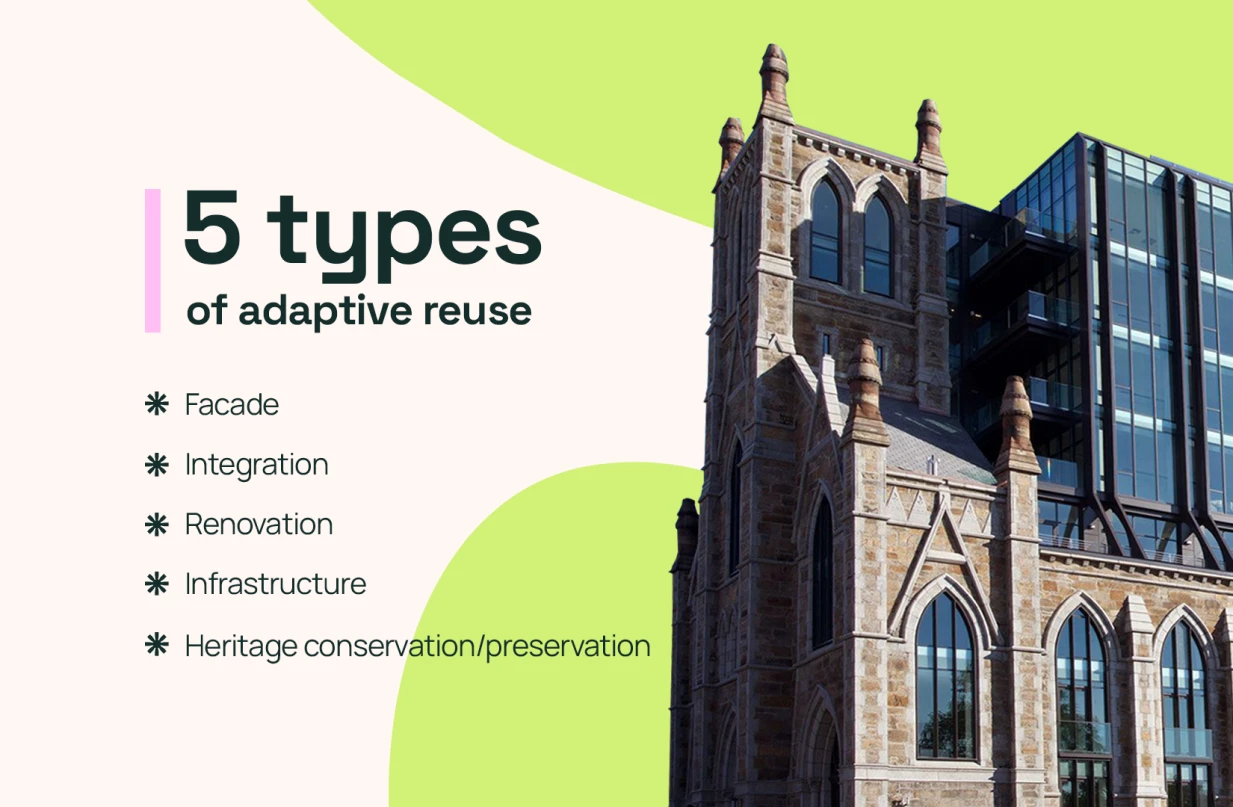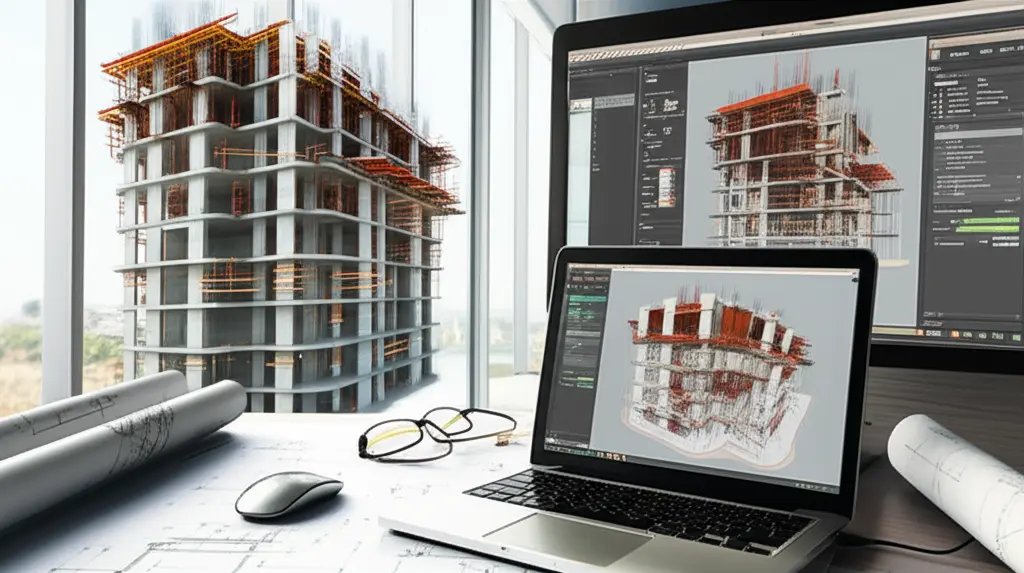Adaptive Reuse: Transforming Waste into Beautiful Structures

Adaptive Reuse: Transforming Waste into Beautiful Structures
Adaptive reuse has emerged as a sustainable alternative to demolition for the built environment. This innovative approach involves repurposing existing buildings for new uses, extending their lifespan, and significantly reducing the need for new construction.
By preserving cultural heritage and architectural history, adaptive reuse offers a practical solution to the growing environmental concerns. It provides a means to maintain urban landscapes’ unique character and identity. Here’s how it works.
What is adaptive reuse (and why is it important)?
Adaptive reuse is the process where existing buildings are repurposed for new uses, extending their lifespan and reducing the need for new construction. This approach preserves cultural heritage, saves construction costs, optimizes energy consumption, and helps combat urban sprawl.
The Göbekli Tepe, an archaeological site in Southeast Turkey, inhabited from 9500 BCE, reflects the longevity of historic architecture designed to last for millennia. In contrast, modern buildings often have much shorter lifespans. For example, steel structures like bridges can last 100-150 years, while concrete and commercial buildings might only last 60 years.
Amid the launch of the United Nations’ Sustainable Development Goals, the longevity and lifecycle of modern buildings have come under greater scrutiny. As a major contributor to global carbon emissions, the built environment needs to adopt more sustainable alternatives to traditional demolition and redevelopment. One such solution gaining popularity is adaptive reuse.
Adaptive reuse vs retrofitting
Adaptive reuse projects are distinct from retrofitting. Retrofitting focuses on optimizing an existing building’s efficiency, consumption, and waste generation without changing its use. On the other hand, adaptive reuse involves repurposing a structure for different uses while maintaining its historical and cultural elements.
Why adaptive reuse projects are growing in popularity: 4 key benefits
1. Maintaining cultural heritage
Adaptive reuse allows historic buildings and cultural landmarks to be maintained while serving new purposes. For instance, preserving the M&S Oxford Street building in the U.K. highlighted the cultural significance of such structures.
2. Reduced construction costs
Adaptive reuse projects can be significantly cheaper and faster than demolition and rebuilding from scratch. They must often circumvent many legal, regulatory, and political challenges associated with demolition projects.
3. Optimized energy consumption
Repurposing a historic building offers the opportunity to convert it with environmentally friendly HVAC systems, making it more energy efficient and reducing running costs.
4. Helps combat urban sprawl
Adaptive reuse allows builders to choose existing sites, reducing the need for new construction sites and helping to manage urban sprawl.
The drawbacks of adaptive reuse strategies
While building reuse offers benefits over traditional demolition projects, it also presents challenges:

5 types of adaptive reuse
1. Facade
Facadism preserves a building’s exterior while modernizing its interior. This method is seen as a compromise between preservation and modernization.
2. Integration
A new structure is built around the existing building, allowing the original structure to be maintained while enclosed in a new site.
3. Renovation
Renovation modernizes and replaces elements of historical buildings while maintaining their core structure and appearance.
4. Infrastructure
Adaptive reuse can also apply to infrastructure, such as bridges and viaducts, repurposing them for new uses.
5. Heritage conservation/preservation
This involves maintaining a building’s materials, facade, integrity, and structure while making minimal renovations to modernize it.
Grow your team and reduce costs with WorldTeams.

5 examples of adaptive reuse projects in the USA
1. The High Line, New York City
Originally a railway, the High Line was transformed into an elevated park, opening in 2009. This adaptive reuse project has become a popular tourist attraction, demonstrating how infrastructure can be repurposed for public enjoyment.
2. Ghirardelli Square, San Francisco
Once a chocolate factory established in the 19th century, Ghirardelli Square was repurposed in the 1960s into a shopping and restaurant complex. This early example of adaptive reuse in the USA maintained an important cultural space within the city.
3. The Seattle Central Library, Seattle
The Seattle Central Library, originally built in 1960, underwent an adaptive reuse transformation in 2004. The renovation included sustainable design elements, making it an example of how modern architecture can blend with historical structures.
4. The Ponce City Market, Atlanta
Originally a Sears, Roebuck & Co. building, the Ponce City Market was repurposed into a mixed-use development featuring shops, offices, and residential spaces. This project preserved the building’s historical elements while giving it a new lease on life.
5.The National Building Museum, Washington, D.C.
Formerly the Pension Building, this structure was repurposed into the National Building Museum. The adaptive reuse project preserved the building’s architectural significance while transforming it into a cultural and educational space.
Final thoughts
The built environment plays a crucial role in the battle against climate change. Adaptive reuse offers a sustainable alternative to demolition, preserving cultural heritage, reducing construction costs, optimizing energy consumption, and combating urban sprawl. As sustainability becomes a permanent priority, adaptive reuse presents an opportunity to influence change and drive sustainable practices in the architectural field.
Sustainability isn’t a passing trend – it’s here to stay and is constantly evolving. By embracing adaptive reuse, we can transform waste into beautiful, functional structures that serve future generations.

Outsourcing Architectural Services for Adaptive Reuse
For companies looking to undertake adaptive reuse projects, outsourcing architectural services can provide access to specialized expertise. Outsourcing architect services and architectural design services can help navigate the complexities of adaptive reuse, ensuring that projects meet sustainability standards and preserve historical elements.
Ready to experience the power of outsourcing talent for your project? WorldTeams can help you connect with the perfect candidate to streamline your workflow and boost your productivity.
We connect you with the perfect virtual assistant in just 72 hours. How do we do it, exactly? By following these 5 simple steps:
It’s that simple! And the best part? You get to know premium talent for free, no strings attached! You tell us about your project, and we’ll take care of the professionals.
Book a free demo today, and let’s achieve amazing results together!









